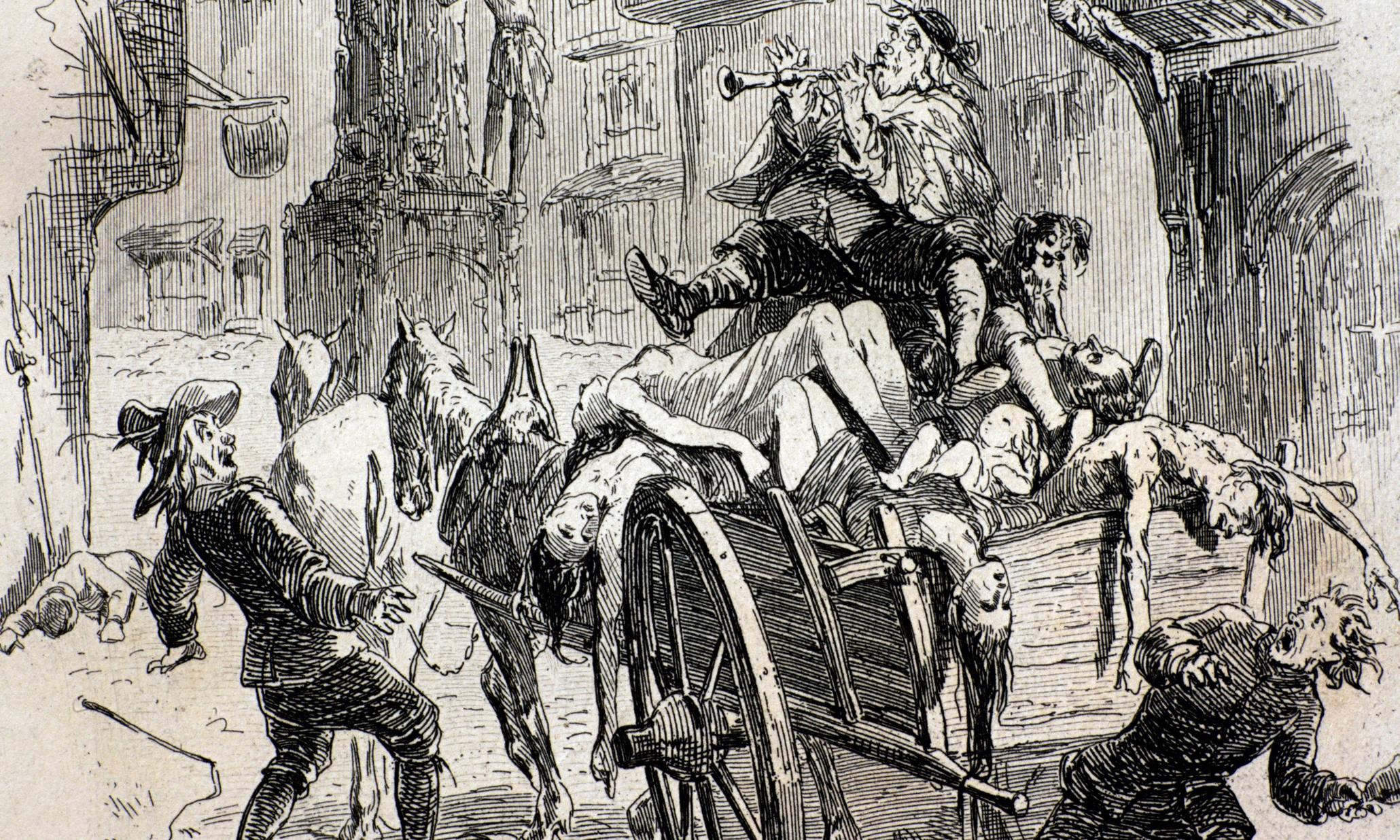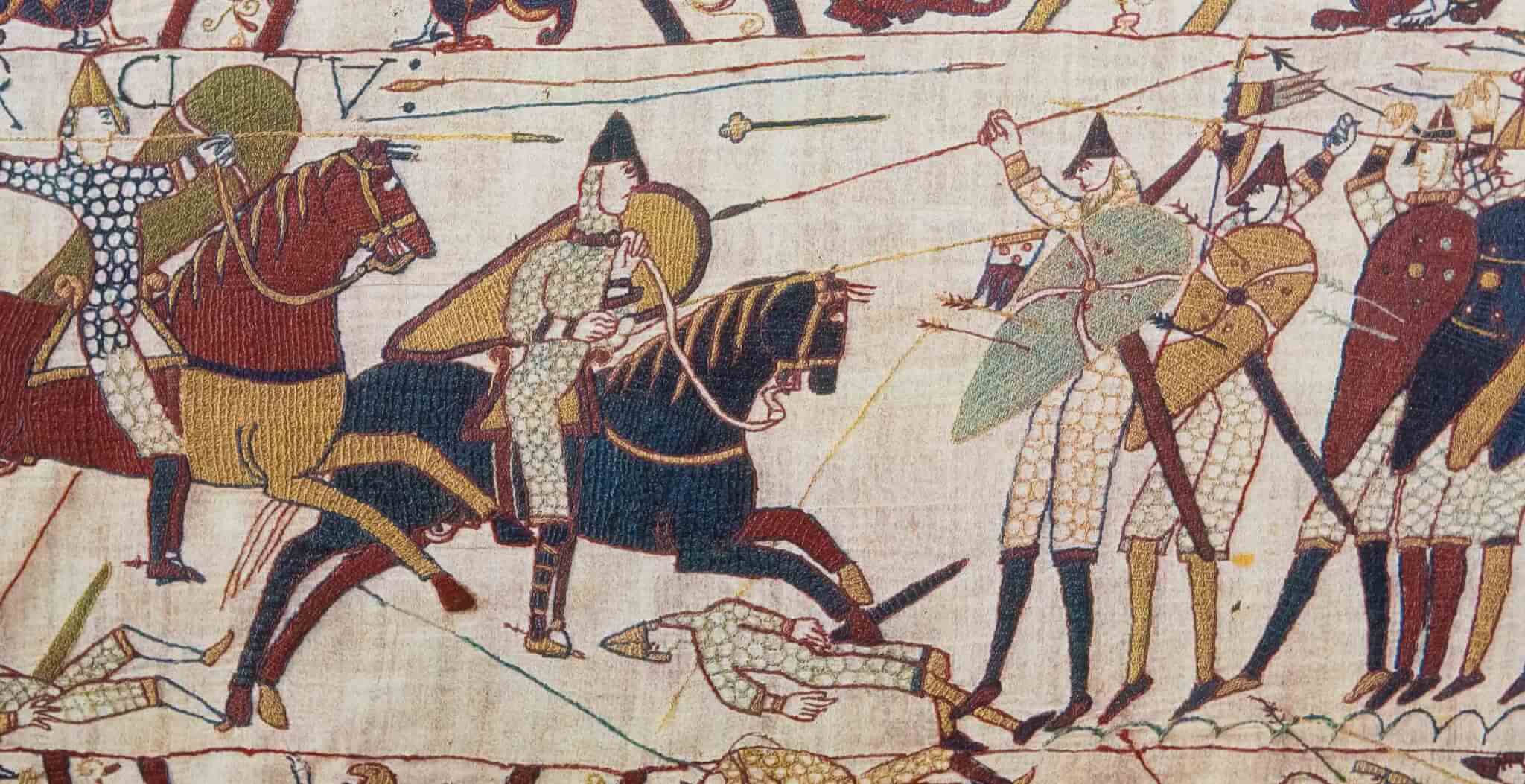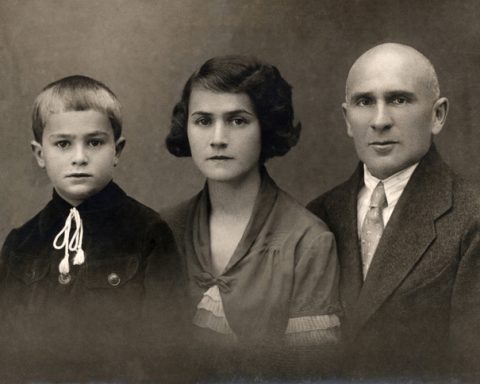The Black Death was one of the most devastating pandemics in human history. It swept across Europe in the mid-14th century, causing widespread death and social disruption. In this article, we’ll talk about the history of the Black Death, its causes and effects, and how it changed society in Europe.
Origins and Spread:
The Black Death, also known as the bubonic plague, was caused by the bacterium Yersinia pestis. No one knows for sure where the disease came from, but it is thought to have started in Central Asia and spread to Europe along trade routes. The first known case of the Black Death happened in China in the early 1330s. By 1347, it had spread to Europe.
The Black Death spread rapidly across Europe, carried by fleas on rats that infested ships and spread throughout towns and cities. It swept across the continent, leaving a trail of death and destruction.
Symptoms and Treatment:
The Black Death was a highly contagious disease that had a mortality rate of around 50-60%. Its symptoms included fever, chills, swollen lymph nodes, and black patches on the skin. There was no known cure for the disease, and people tried various remedies to combat it, including bloodletting, herbal remedies, and even wearing masks filled with sweet-smelling herbs.
Impact on Society:
The Black Death had a profound impact on European society. It killed an estimated 25 million people or one-third of the population of Europe. It caused a breakdown in social and economic structures, as communities struggled to cope with the loss of so many people. The shortage of labour led to increased wages for workers, and many peasants were able to demand better conditions and higher pay.
The Black Death also had an impact on religion and culture. The Church, which had been the dominant force in European society, struggled to provide an explanation for the epidemic. Many people turned to new religious movements, such as the flagellants, who believed that the plague was God’s punishment for sin and sought to atone for their sins through self-flagellation.
Medical Advances:
Despite the devastation caused by the Black Death, it did lead to some medical advances. Physicians began to study the disease and develop treatments, such as the use of mercury to treat the symptoms. The Black Death also led to the establishment of quarantine measures to prevent the spread of the disease, which helped to control future outbreaks.
In conclusion, the Black Death was a catastrophic event in European history, with profound social, economic, and cultural consequences. It killed millions of people, but also led to changes in labour relations, religion, and medicine. Its impact on European society can still be felt today, almost 700 years later.
Here are some sources used in this article about the Black Death:
- Aberth, J. (2017). The Black Death: The Great Mortality of 1348-1350: A Brief History with Documents. Bedford/St. Martin’s.
- Cohn, S. K. (2008). The Black Death: End of a Paradigm. American Historical Review, 113(1), 1-25.
- Hatcher, J. (2008). The Black Death: An Intimate History. London: Little, Brown.
- Herlihy, D. (1997). The Black Death and the Transformation of the West. Harvard University Press.
- Kelly, J. (2005). The Great Mortality: An Intimate History of the Black Death, the Most Devastating Plague of All Time. HarperCollins.
- McNeill, W. H. (1976). Plagues and Peoples. Anchor Press/Doubleday.
- Twigg, G. (1984). The Black Death: A Biological Reappraisal. Batsford.
These sources provide a comprehensive overview of the Black Death, including its origins, spread, symptoms, treatment, and impact on European society. They also explore the social, economic, and cultural consequences of the pandemic, as well as its lasting legacy in medicine and public health.







